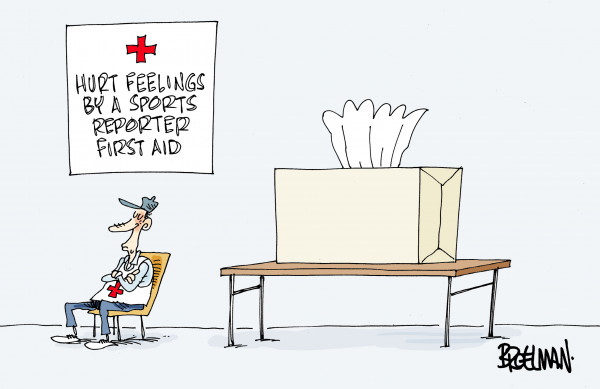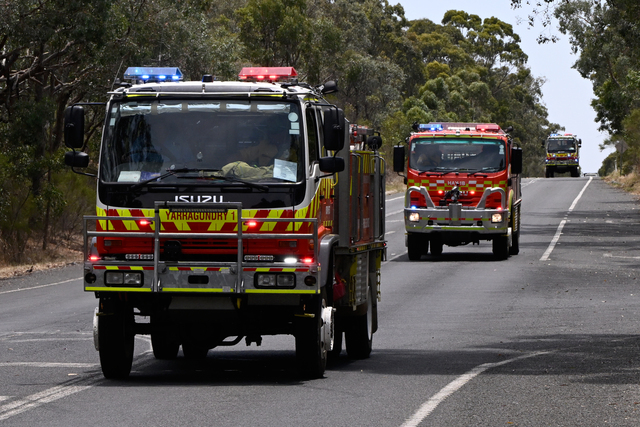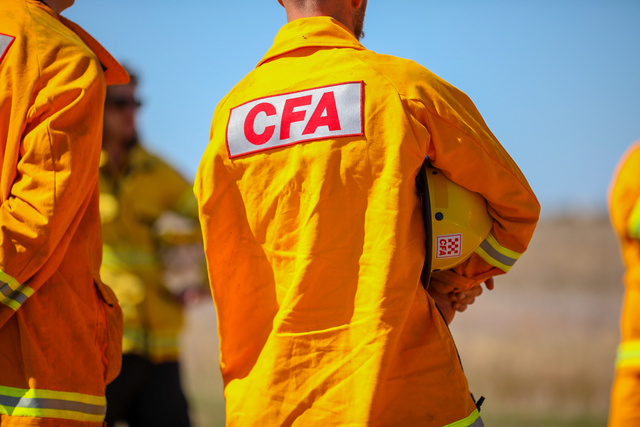I’VE copped a bit of stick over the past week for daring to question the sustainability and credibility of the Millewa Football League after a season of massively lopsided results.
In truth, most of the feedback was supportive of the concerns raised, and subsequent calls for an urgent review of both the Millewa and SFNL following the COVID pandemic-driven drop-off in players and volunteers.
But there are still those toeing the “she’ll be right, mate” line.
“You only focus on the negative side,” one letter writer, Rob Matthews, said. “They’ve been saying the Millewa footy league’s going to die for 20 years, and yet it survives. Players still have fun.”
I challenge this comment, because how can you “have fun” when you’re getting toweled up by triple-figure margins each week?
Not much fun in that.
Even Gol Gol Hawks president Paul Mensch said there was “no real pleasure” is seeing his team beat Meringur by 357 points last Saturday.
Anyway, the flak this week made me reflect on some of the biggest sprays I’ve copped over articles I’ve written since my first journo job at The Canberra Times in 1995.
Two of the most cutting actually came in that maiden gig when I was a fourth-year cadet.
I’ll never forget the day the former Canberra Raiders CEO, Kevin Neil, launched an expletive-laden tirade against me for having the audacity to report on a police investigation into a player at the NRL club.
I chased up a response from Neil, who later become CEO of Swimming Australia, after police gave me an update on the incident.
Now, bear in mind I was just a junior burger in the journo game back then. Whether or not Neil knew this, I don’t know. (I was filling in for the regular rugby league writer that day.) But it didn’t stop him from furiously trying to kill off the story.
I somehow collected myself and wrote the story that night. It ran on the front page the next day. But nothing ever happened to the player over the alleged incident.
A couple of other dishonourable mentions include an ex-National Soccer League president in Canberra getting in my car uninvited and swearing his head off after I’d stolen his thunder in that day’s paper over a major signing announcement.
And I’ll never forget when a Rebels bikie stormed into the front office of a paper I was working for in northern NSW, screaming out, “Taylor, where the f*** are you!?” but thankfully, he left the office before anything serious happened.
Wave of emotion
Tonight, we climb back on the magical mystery carpet ride that is the Mildura Heat women’s Big V Division 1 basketball season.
With four rounds left, James Madigan’s team needs to keep winning to secure a finals berth. They’ve turned their season around in magnificent fashion after dropping their opening five games.
They now have a 6-7 win-loss record and sit in the fifth and final play-offs berth.
Regular readers of my column will know that I’ve developed a strong emotional connection to the team this season.
It started on Sunday, May 8, when I called Madigan just after lunch for a post-match interview. He was filling up the team bus halfway back from Warrnambool, where the short-handed Heat (who only had six players for the game) were overrun by 20 points.
While Madigan can be a court jester, he is usually measured during interviews. But on this day, he let fly as a raft of frustrations got the better of him. I went home worried about his mental health and was awake all night thinking about the interview.
A few days later, Madigan and I had a rare exchange between a reporter and coach where we both opened up.I shed a few tears towards the end of the call. Madigan sent me a text the next hour to make sure I was OK, and he thanked me for showing him some compassion.
It’s something we reflected on at training this week, when he didn’t mind me recounting in print how it unfolded.
I think this goes some way to explaining why the Heat women’s journey this season has captivated me.
Madigan and his marvels still have plenty of work to do to bring home a flag. But in climbing off the canvas, they’ve shown resilience and determination that is undoubtedly the fabric from which champions are made.







